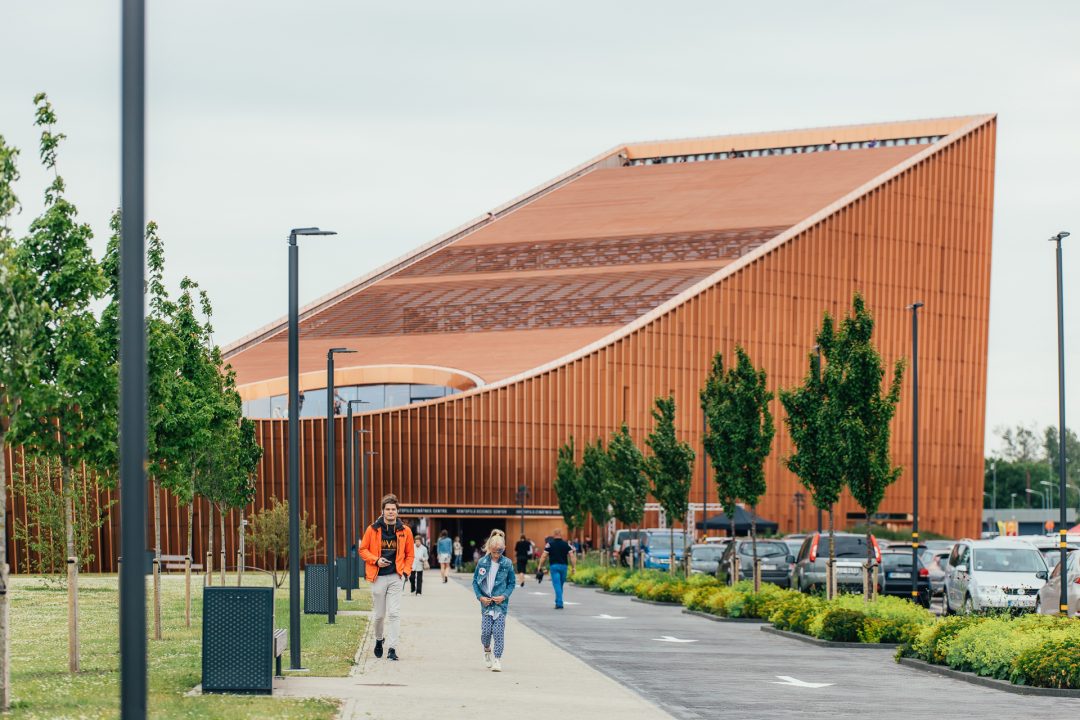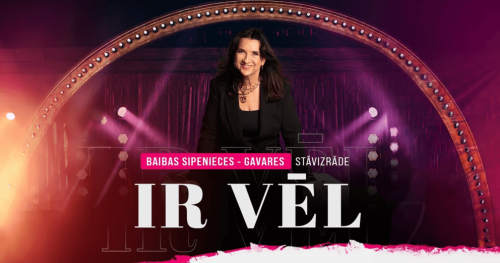Among the various unnecessary trinkets that are kept in old country houses with the thought “one day they will come in handy”, one often finds end of 18th-century, mid-19th century Russian Empire copper coins. This would not be unusual if the edges of these coins were not badly filed in places, sometimes damaging as much as half of the ancient money. These old copper coins reflect a particular folk healing method, linked to the healing properties of copper.
The use of copper coins is still popular in modern alternative medicine: for example, if a person has tracheobronchitis, copper coins are supposed to be placed on the throat; if the heart hurts, coins should be placed in the socket under the collarbone; if a person has a high temperature in the evening because of a cough, the temperature returns to normal in the morning after the copper coins have been placed. Copper coin therapy also relieves the post-infarction condition. The list could go on almost indefinitely. Among the many ‘recipes’, one often mentions a copper vitriol-pebble-resin-olive oil ointment for faster healing of bone fractures.
While almost all modern recipes use copper externally, the filed copper coins are associated with a much more radical use of copper in medicine – the oral use of copper. In the case of broken bones, the copper ‘powder’ stripped from such coins was given to pets in the belief that the copper would help the bones to heal more quickly. This treatment is also recorded in folk beliefs (” If a sheep breaks its leg, it should be fed with grated copper”. /.” /J. Ķikuts, Nīca./; “If a sheep has broken its leg, it is necessary to grate copper and give it to the sheep with other food“/J. Banazis, Nīca./). Chickens and other domestic animals were also treated in this way, and there is even evidence that when these animals were later used for food, traces of copper could be seen on the rotten bone as the powdered metal“reached the diseased area”. Copper from coins was also given for other ailments (“When sheep are sick with their intestines, they should be given ground copper with milk.”/R. Bērziņš, Annenieki./). This treatment is also sometimes used when a leg or arm is broken. After fixing the fracture, the filed copper was drunk and stirred into warm water. Only “real” (pure) copper coins were suitable for this purpose, which is why the oldest large copper 5 and 2 kopecks minted under Catherine II, Paul I, Alexander I and Nicholas I were so carefully preserved.
As damaged and insignificant, the filed copper coins rarely find their way into museum collections. The Ventspils Museum holds three such kopecks minted in the early 19th century. It is interesting to note that copper coins were also used for folk healing in Estonia in a similar way.
P.S. The Ventspils Museum does not recommend the use of such copper coins for fractures in the modern situation.






